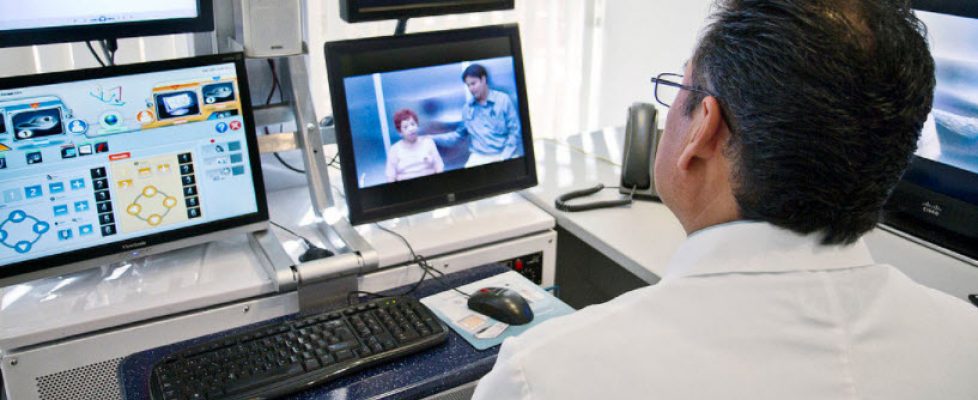Coronavirus Appropriations Act Eases Restrictions on Medicare Telehealth Reimbursement during Emergency
One of the major hurdles to the expansion of telehealth has been the Medicare “originating site” requirement. This requirement limits Medicare telehealth reimbursement to services delivered in a physician’s office or healthcare facility in a rural area, but not in a home or non-rural area. In a shift, the “Telehealth Services During Certain Emergency Periods Act of 2020,” enacted March 6, 2020 as Division B of the Coronavirus supplemental appropriations package, lifts these obstacles during certain public health emergencies.
First, the Act allows for the waiver of the rural originating site requirement to allow Medicare fee-for-service payments to qualified providers for telehealth services. A “qualified” provider, for these purposes, is a physician or practitioner, or one in the same practice, who furnished an item or service to the patient for which Medicare paid during the prior three-year period. Second, the Act allows for Medicare reimbursement for telehealth services to beneficiaries at home. Third, it lifts a regulatory restriction on the use of a telephone to deliver telehealth services, but only if the telephone has audio and video capabilities that are used for two-way, real-time interactive communication.
These changes have the potential to ease access to needed healthcare while limiting the unnecessary exposure of patients to communicable diseases in the community, and of the community to patients with communicable diseases. The availability of Medicare telehealth services at home, in non-rural areas, and without specialized technology is especially important for older and frailer patients who may be the most vulnerable to more serious clinical outcomes.
This is welcome relief, to be sure, but its practical impact will remain to be seen. Longstanding barriers to Medicare reimbursement – including the originating site requirement – have artificially stunted the growth of telehealth. As a result, the healthcare system may be underprepared to deploy this important tool quickly to deliver care on a widespread basis. Additionally, the Act’s focus is narrow, limited as it is to an emergency area during the period of specified public health emergencies.
Moving forward, there may be a silver lining: the recognition of telehealth’s value in responding to an emergency may serve as a catalyst to lift undue restrictions on reimbursement outside the emergency context. There are some signs that this may be occurring.
In the meantime, unanswered questions remain relating to a host of issues, including non-Medicare reimbursement, professional licensure, privacy and security, and others. Stay tuned as we explore these issues and their implications for the delivery of healthcare through telehealth.

